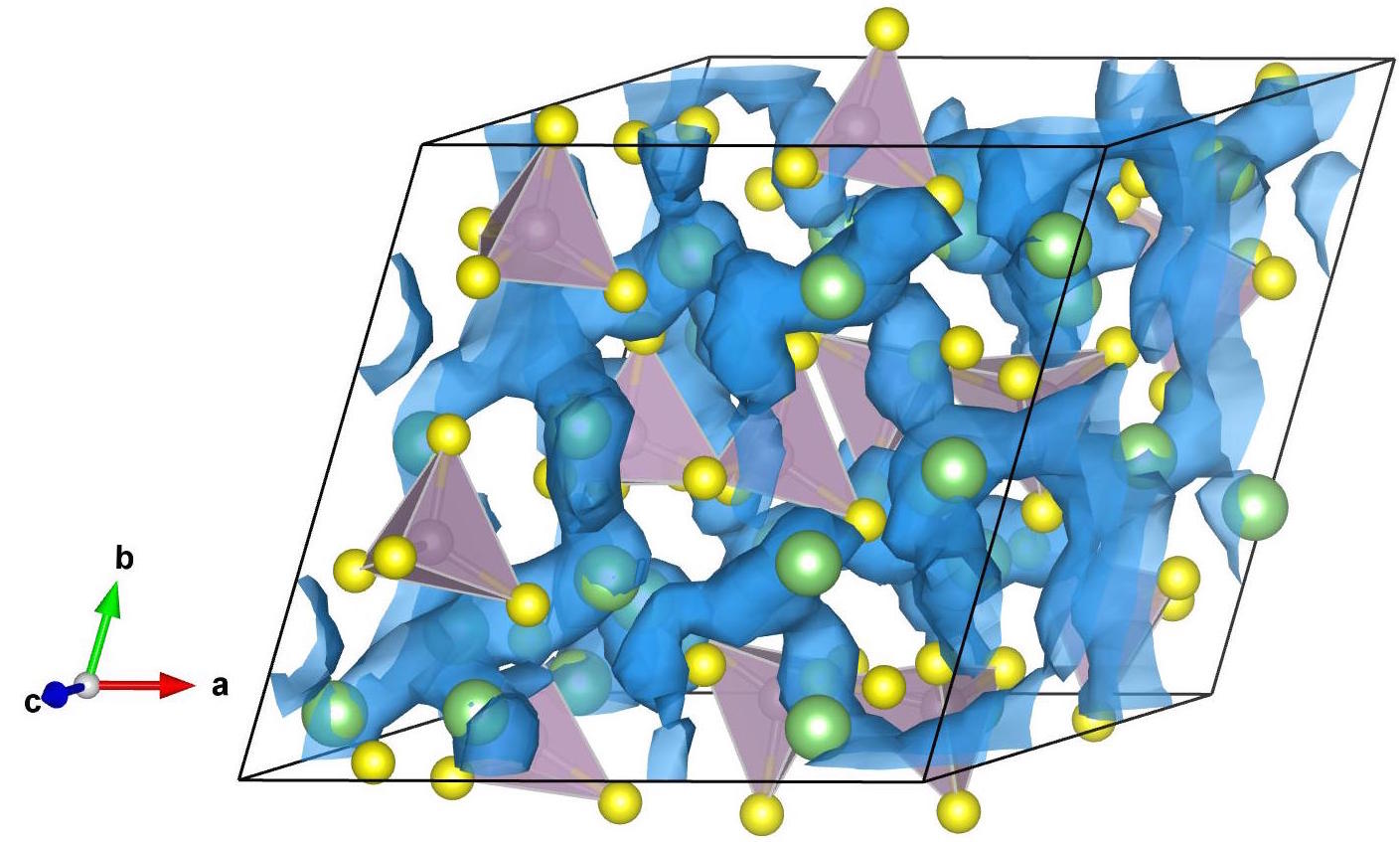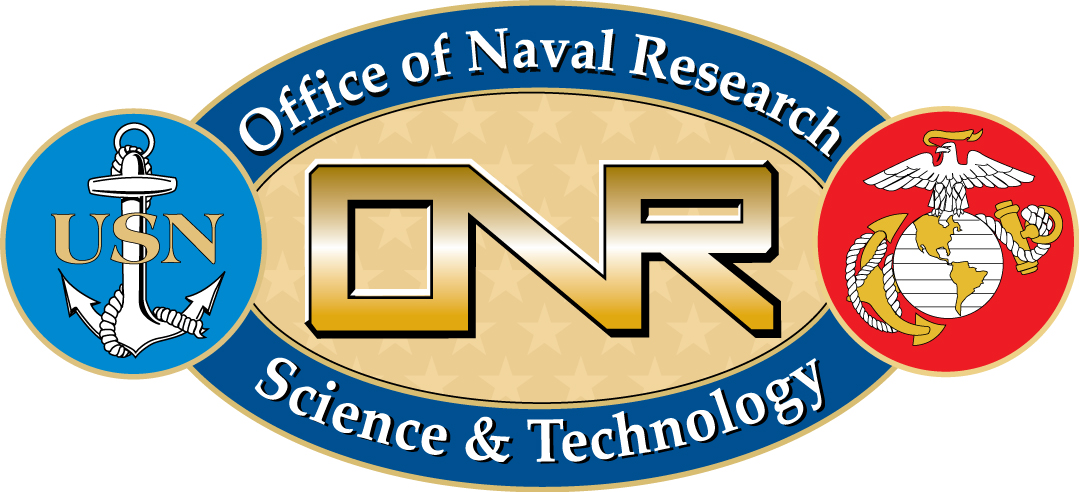Invited review on “Computational Studies of Alkali Diffusion”
Our group has recently been invited to write a comprehensive review on computational studies of solid-state alkali conductivity in rechargeable alkali-ion batteries. This article has now been published in NPG Asia Materials! Check it out at http://www.nature.com/doifinder/10.1038/am.2016.7.




